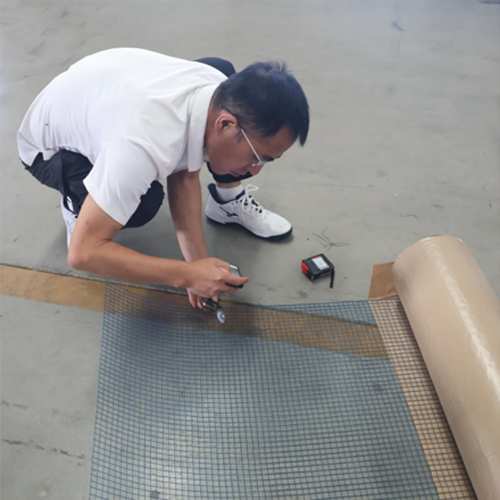nails for wood fencing
Nails for Wood Fencing The Unsung Heroes of Construction
When it comes to building a sturdy and long-lasting wooden fence, many people focus on the quality of the wood, the design of the fence, and even the color of the finish. However, one vital component often overlooked is the type of nails used for assembly. Nails may seem like a small detail in the grand scheme of a wood fencing project, but selecting the right type of nails can make a substantial difference in the durability and integrity of the fence.
The Importance of Choosing the Right Nails
Wood fencing experiences a variety of natural elements that can compromise its structure over time, including moisture, temperature fluctuations, and pests. Therefore, the choice of nails is not merely a matter of holding the wood together but also about ensuring the fence will withstand these external pressures.
Using regular steel nails in a wooden fence could lead to rusting and corrosion, particularly in environments with high humidity or heavy rainfall. Instead, galvanized or stainless steel nails are highly recommended for wood fencing projects. These materials are designed to resist rust and prolong the life of the nails, thereby securing the wood more effectively over time. Furthermore, they are often specially treated to withstand the changes in wood moisture levels, preventing issues like splitting and loosening.
Types of Nails for Wood Fencing
There are several types of nails suitable for wood fencing, each designed for specific applications
1. Galvanized Ring Shank Nails These are a popular choice for wood fencing. The ring shank design provides a greater holding power compared to smooth shank nails. The galvanization protects against rust, making them ideal for outdoor use.
2. Stainless Steel Nails Although more expensive than galvanized options, stainless steel nails offer exceptional durability and corrosion resistance, making them perfect for areas prone to severe weather or for fences near saltwater.
3. Hot-Dipped Galvanized Nails This type of nail undergoes a heavier galvanization process, which creates a thicker protective layer. They are suitable for heavy-duty applications and are highly resilient to rust.
4. Polymer Coated Nails These nails come with a special coating that not only provides some level of corrosion resistance but also allows for easier insertion into the wood. They are great for fencing as they can often reduce splitting.
nails for wood fencing

Nail Size Matters
The size of the nails used is just as important as the material. Typically, a nail size between 10 to 12 gauge will suffice for most wood fencing projects. Lengths can range from 1.5 to 3.5 inches, depending on the thickness of the wood being used and the specific requirements of the project.
When driving nails into the wood, it is crucial to ensure that they penetrate deeply enough to provide a secure hold without causing the wood to split. In general, a nail should be about two to three times the thickness of the material being joined.
Techniques for Effective Nailing
Using the right nailing technique can significantly enhance the stability of your fence. Here are a few tips
- Pre-drill Holes Especially for hardwood or thicker boards, pre-drilling holes can prevent wood from splitting and ensure nails are driven in straight.
- Nail at an Angle When nailing the panels to the posts, driving the nails at a slight angle can improve holding power and reduce the likelihood of the nails pulling out over time.
- Space Wisely Ensure uniform spacing between nails. Generally, placing nails 12 to 16 inches apart will provide the best support for your fence structure.
Conclusion
In conclusion, while nails may often be the last detail on a homeowner's mind when installing a wooden fence, their selection and application are instrumental in determining the longevity and durability of the fence. By understanding the different types of nails available and using them effectively, builders can create a fence that not only looks great but stands firm against the test of time and nature. Investing in quality nails is an investment in the overall success of any wood fencing project.
-
Space-Saving Chain Fence Hacks Vertical Gardening with Cyclone MeshNewsJul.16,2025
-
Innovations in Iron Nail Wire Production for Modern ConstructionNewsJul.16,2025
-
Creative Uses of Wire Netting Fence in Modern Landscape DesignNewsJul.16,2025
-
Barbed Wire Fence Innovations in Anti-Climb TechnologyNewsJul.16,2025
-
Architectural Uses of Umbrella Nails for Aesthetic Roof DesignsNewsJul.16,2025
-
Architectural Uses of Razor Barbed Wire in Secure Urban DesignNewsJul.16,2025




